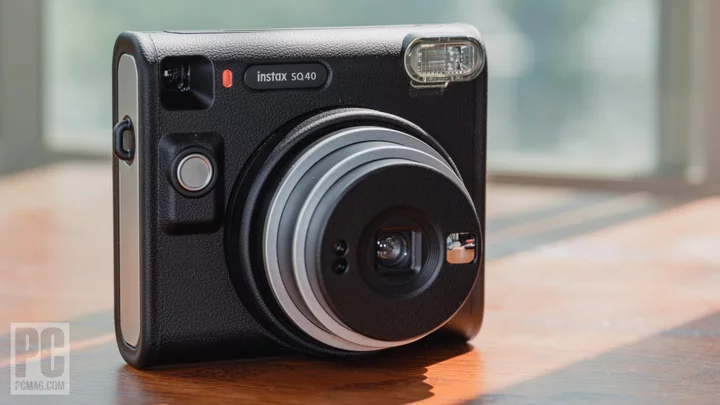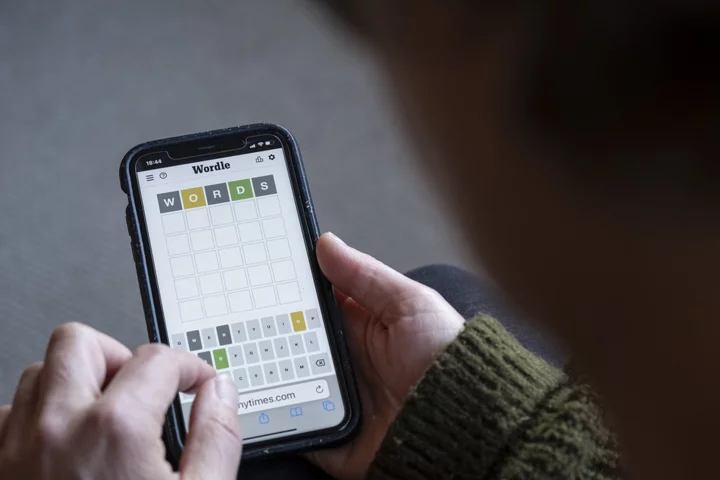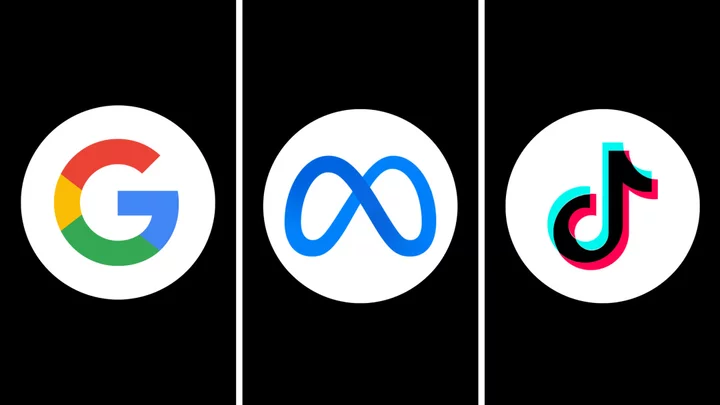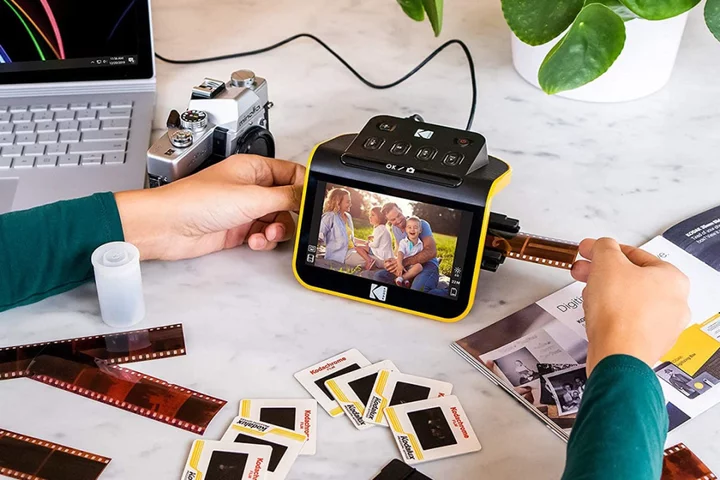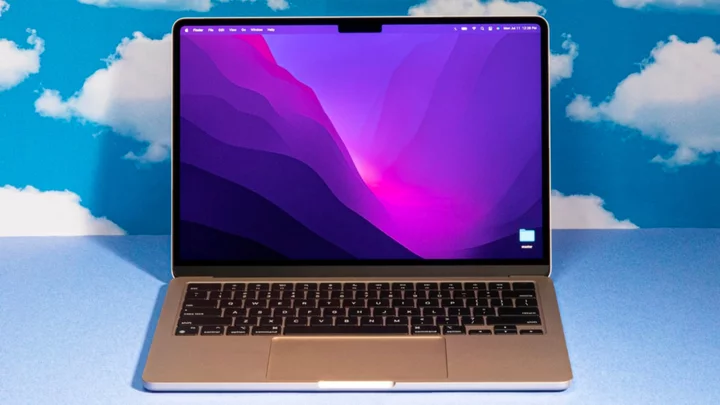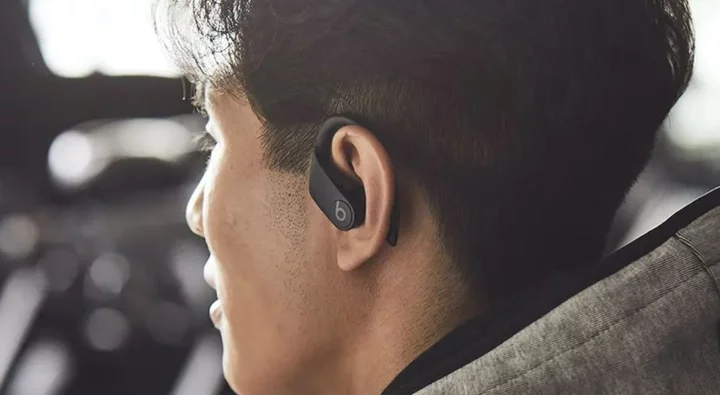The Fujifilm Instax Square SQ40 ($149.95) is a retro alternative to the SQ1 ($119.95) for photographers who want to snap square-format instant photos. Internally, the two are nearly identical—they use the same square-format film, the same lens, and the same batteries—so you are effectively paying a premium for the aesthetics of the SQ40. The more affordable SQ1 remains our Editors' Choice winner because of its superior value, but we don't see much harm in upgrading to the flashier SQ40 if it makes you happy.
Square-Format Instant
No hard-and-fast rule says instant photos have to be square, but it's the format photogs have come to expect. Polaroid is to thank (or blame), as it dominated the instant market from the '70s onward with its SX-70 and 600 square films.
Fuji's Instax films started out rectangular—Mini film is taller than it is wide, and Instax Wide comes in at a 3:2 aspect ratio. But Instax Square has enjoyed more of a marketing push than Wide film ever did. The SQ40 is Fuji's third analog camera that supports the format, after the now-discontinued SQ6 and the second-generation SQ1.
The SQ40 and SQ1 have practically the same internals, though the latter's shutter can technically stay open longer (up to 1.6 seconds, compared with half a second). That means if you are taking snapshots in a dim room, you could potentially get more background illumination with the SQ1, depending on how the camera decides to handle the scene.
In terms of aesthetics, the SQ1 sports an ultra-modern finish with squared-off edges, a bare-plastic exterior, and a prominent handgrip. The SQ40 justifies its higher price with a plush exterior, complete with a leatherette wrap and a two-tone black-and-silver finish that mimics the look of pre-digital cameras.
The SQ40 measures 4.7 by 5.3 by 2.4 inches (HWD) and weighs 1.1 pounds with a pack of film inside. It's slightly bulky, but that's because it must accommodate Instax Square film's 2.4-by-2.4-inch picture area (roughly equivalent to 6-by-6cm medium-format film). The SQ1 is around the same size (4.7 by 5.2 by 2.3 inches, 13.9 ounces), for comparison.
The Instax picture is a little smaller than what you get from the 3.0-inch i-Type film that works with modern-day Polaroids like the Now+, but Instax Square film costs less and delivers much more reliable colors. Polaroid i-Type requires more patience and skill to use effectively. Instax Square film respectively costs around $10 or $14 for a pack of 10 color or black-and-white photos. Expect to pay $17 for an eight-pack of i-Type film. You can't use Polaroid film in a Fuji camera, or vice versa, and should consider film costs before deciding on an instant cam.
In addition to film, you need batteries for the SQ40. Fujifilm includes the two required CR2 cells with the camera, which it says should last for around 30 packs of film. Finding replacements isn't quite as easy as with more common batteries like AAs, but you can typically get CR2s at most physical stores, not to mention online. Keep in mind that CR2 batteries usually cost more than AAs, around $2.50 apiece for generics and $5 for name-brand options.
One-Button Operation and a Selfie Mode
The SQ40 is simple to use—load the film, twist the lens to turn the power on, put the viewfinder to your eye, set your frame, and then press the shutter to snap a photo. You have to rely on the camera's automatic exposure settings, but the SQ40 delivers generally good results despite its lens' dim effective aperture. An automatic built-in flash also helps ensure that indoor snapshots are bright enough.
The camera has a Selfie (and close-up focus) mode that's simple to use—I had no problem taking a self-portrait using the mirror on the front of the lens as a framing guide. For close-up work, the lens keeps everything from 11.8 to 19.7 inches in focus using the Selfie setting. Make sure to keep the lens squarely on your subject when you work from behind the camera, because the viewfinder does not correct for parallax.
These simple operations are great for beginners, but they won't appeal as much to pros. For instance, you can't make long exposures, take multiple exposures, or mount the SQ40 to a tripod. Consider alternatives like the Nons SL660 ($599), which uses Instax Square film and interchangeable lenses for fully manual exposure, and the Mint InstantKon SF70 ($899), which comes in a folding body style with a high-end glass lens, if you want a greater level of control.
Pictures from the SQ40's 35mm-equivalent, optical-grade plastic lens look good, but they aren't as sharp as those you get from a glass lens. It's not anything to worry about, but just know that images from the $199 Lomo'Instant Square (which has a glass lens) show more fine detail and contrast.
Instax Square in Style
The Fujifilm Instax SQ40 feels nicer and looks more stylish than the SQ1 thanks to its retro-chic leatherette finish, but the latter keeps our Editors' Choice recommendation because it takes the same photos for fewer dollars. That said, both excel for one-button instant snapshots and are therefore excellent for beginners, so you can't go wrong with either one. More advanced shutterbugs should look to alternatives, such as Polaroid Now+ ($149.99), for more creative flexibility.

